Petroleum Products
Lubricants
Only a good lubricant (oil, grease, etc.) can guarantee the mechanical equipment. About 55% of equipment breakdowns are due to inappropriate lubricants in the industry. Among the types of these products, we can mention engine oils, silicone, grease, etc., which we will learn more about in the following.


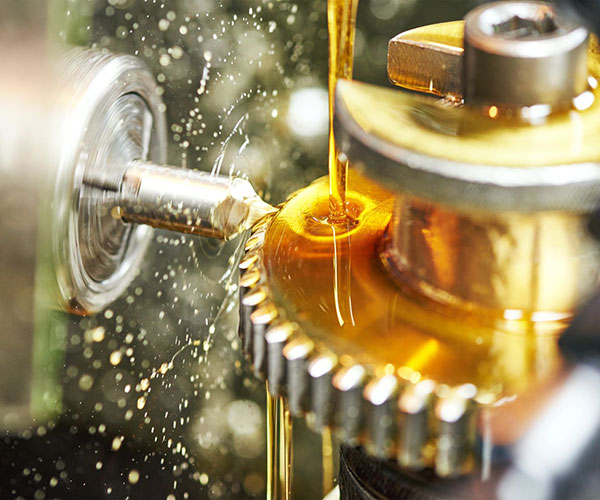
Definition of Lubricants
A substance that can reduce friction, heat, and wear when placed in a layer between solid and semi-solid surfaces is called a lubricant. The definition of lubricant is different in different industries. In simpler terms, it can be said that this material can reduce or prevent problems caused by friction.
A lubricant is a substance that helps reduce friction between surfaces in mutual contact, which ultimately reduces the heat generated when the characters move. It may also transmit power, transport foreign particles, or heat or cool surfaces. The property of reducing friction is known as lubrication.
Each lubricating oil consists of a base material to which various additives are added for the required specifications. This base can be mineral (of petroleum origin) or synthetic (such as polyolefins, polyesters, and polyalkylene glycols). Mineral bases are usually vacuumed distillation products and asphalted residues subjected to solvent extraction, wax removal, and purification.
History of Lubricants
Lubricants have been used for thousands of years. Calcium soaps on the axis of chariots have been identified to 1400 BC. During the time of the pyramids, the building stones were sliding on oil-soaked timbers. In Roman times, lubricants were based on olive oil, rapeseed oil, and animal fats.
The growth of lubrication was accelerated in the Industrial Revolution using metal-based machinery. Initially relying on natural oils, the need for such machines shifted to petroleum-based materials in the early 1900s. The breakthrough came with the development of oil vacuum distillation, as described by the Vacuum Oil Company. This technology allows the purification of highly non-volatile substances common in many lubricants.
Advantages of Lubricant
These materials are used to ensure the correct movement of the components of a device. The primary role of these industrial materials is to reduce the amount of friction from the surfaces of machines and to increase their durability and lifespan. Since we know that friction produces heat. As a result, lubricants transfer heat from the surface of devices and cool them. For this reason, these materials are also called heat transfer fluids.
In some cases, these materials also reduce electrical resistance. These materials also prevent the machines from corroding and rusting during use. Industrial lubricants, oils, and greases can be organic or synthetic.
Most organic lubricants are obtained through petrochemical refining, while synthetic types of chemicals are made through several reaction steps and in the presence of some additives.
Generally, these materials are supplied in three forms: liquid, semi-liquid and solid. Motor oils, turbine oils, and lubricants are liquid lubricants. Semi-liquid lubricants are also called grease. Graphite is one of the solid lubricants whose powder form is used for lubrication between moving parts of machines. Most include liquid synthetic samples, water-oil emulsions, and petroleum oils. These materials are used in the aerospace, military, and marine industries.
In addition to industrial applications, such as the production of oil and grease and use in industrial devices, used in the turning industry and the manufacture and production of concrete and ceramic tiles, etc., lubricants are also used for many other purposes.
Their other uses include food and cooking industries (such as oils and fats used in frying pans, in cooking to prevent food from sticking), biological applications on humans, and medicine (such as synthetic joint lubricants and ultrasound examination).
Features of a Suitable Lubricant
- High boiling point and low freezing point (in order to remain liquid over a wide range of temperatures)
- High viscosity index
- Temperature stability
- Hydraulic stability
- Emulsibility
- Corrosion prevention
- High resistance to oxidation
Formulation of Lubricant
Typically, lubricants contain 90% base oil and less than 10% additives. Vegetable oils or synthetic fluids such as hydrogenated polyolefins, esters, silicones, fluorocarbons, and many others are sometimes used as base oils. Additives reduce friction and wear, increase viscosity, improve viscosity index, resist corrosion and oxidation, aging or pollution, etc.
Non-liquid lubricants include powders (dry graphite, PTFE, molybdenum disulfide, tungsten disulfide, etc.), PTFE tape used in piping, air cushions, etc. Dry lubricants such as graphite, molybdenum disulfide, and tungsten disulfide also lubricate at higher temperatures (up to 350 degrees Celsius) than liquid and oil lubricants that are capable of operating.
The most common industrial lubricants
The most common industrial oils and greases include the following:
- engine oil
- Silicone oil
- Grace
- Turbine
- Marine oil
- Metalworking and cutting fluids
- Grinding fluids
- Gas engine oil and brake oil
- Hydraulic oils
The most important and most used industrial lubricant is motor oil, which is used in the automobile industry and internal combustion engines and brings more performance and longevity to them. Therefore, the use of these materials is economical. One of the essential features of these materials is their thermal stability. Their failure at high temperatures is one of the influential factors in their selection.
Food Grade Lubricants
These materials have found their place in the food and pharmaceutical industries. They should have neutral behavior towards plastics and elastomers and have the ability to dissolve sugars. These oils must comply with health and food standards and be physiologically inert, tasteless, and odorless.
Food lubricants are based on white mineral or synthetic oils such as polyalphaolefin and polyalkylene glycol or vegetable oils. Also, they should only contain carbon, hydrogen, and oxygen.
Additives
Different oils and greases (lubricants) are used for various industries and machines. By adding additives to these materials, their applications can be changed. Adding these materials should increase viscosity, reduce oxidation and reduce pollutants. Some of these additives include antioxidants, antifoams, corrosion and rust inhibitors for internal and external surfaces, which are briefly explained in this section:
- Antioxidants: These substances limit oxygen attack on the oil, especially at high temperatures.
- Detergents: metal compounds that prevent the accumulation of other substances and keep the engine (equipment) clean.
- Dispersants: non-metallic organic substances that cause dispersion of by-products and non-accumulation of substances.
- Anti-rust and acids: These substances prevent the attack of acids on the surface of metals.
- Anti-wear: These materials prevent equipment wear and are generally made of zinc, phosphate, or other organic metal materials.
- Anti-friction additives: These additives reduce friction and have different types according to the lubricant used.
- High-pressure additives: These materials are based on phosphorus-sulfur. They are used in lubricants used in air compressors, hydraulic systems, and machinery.
- Viscosity improvement index: These materials change the dilution rate with increasing temperature. They are polymer compounds, and their chemical structure can be changed depending on the type of lubricant.
We at Iran Petroleum are by your side to supply the highest quality and rarest Iranian Petroleum Products. Our professional consultants will accompany you in this way.

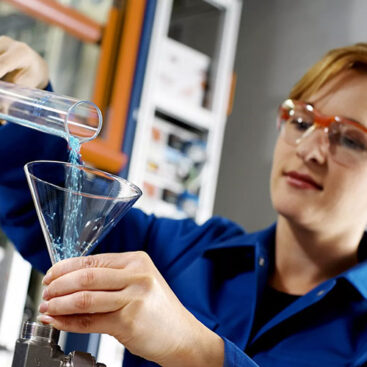
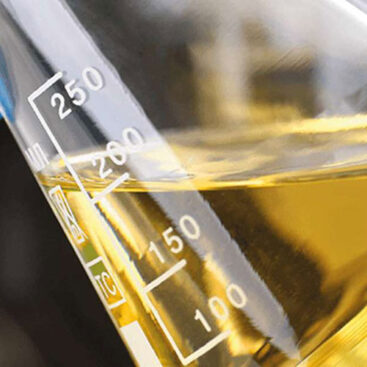

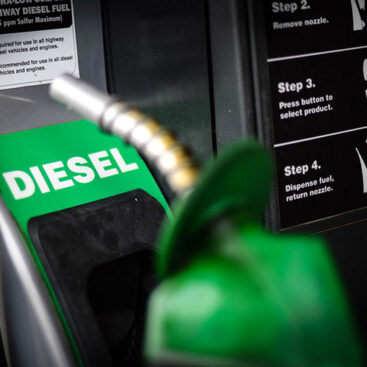
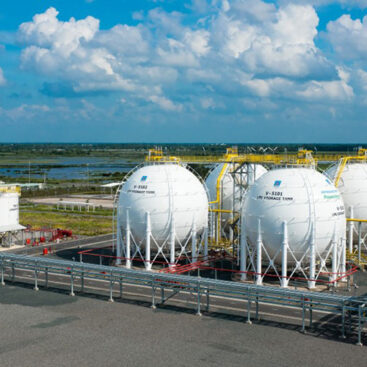



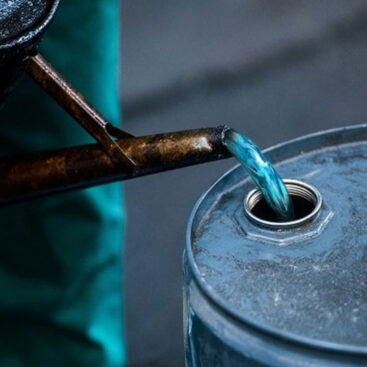
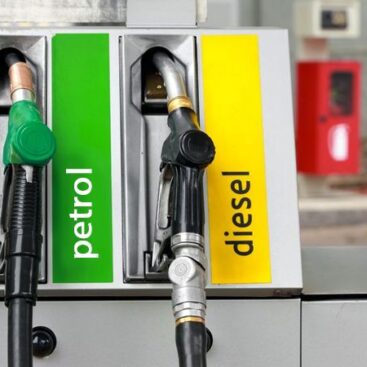
Leave a Reply